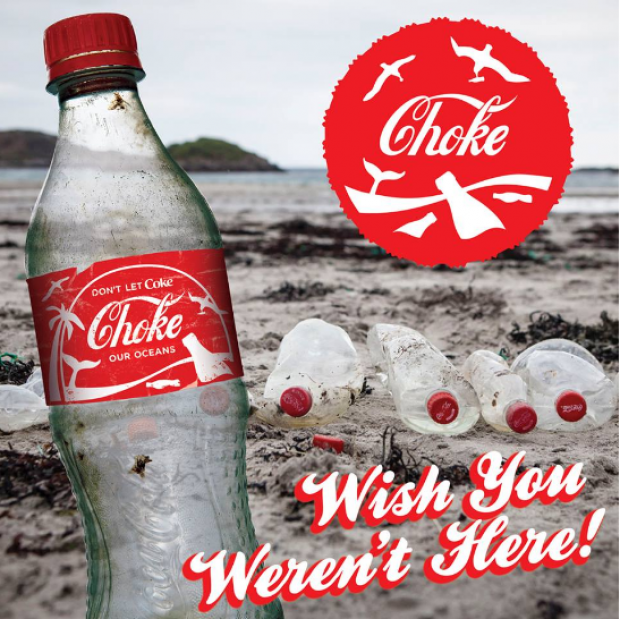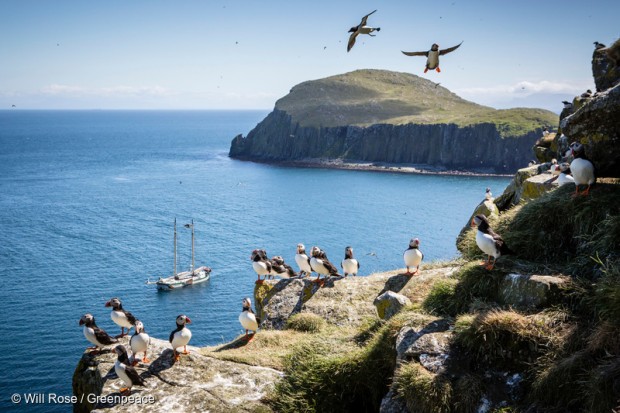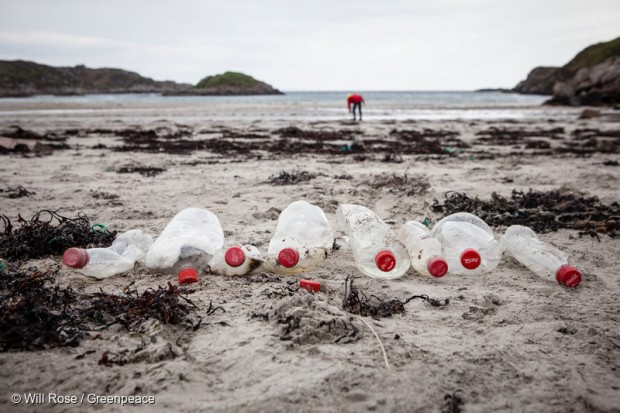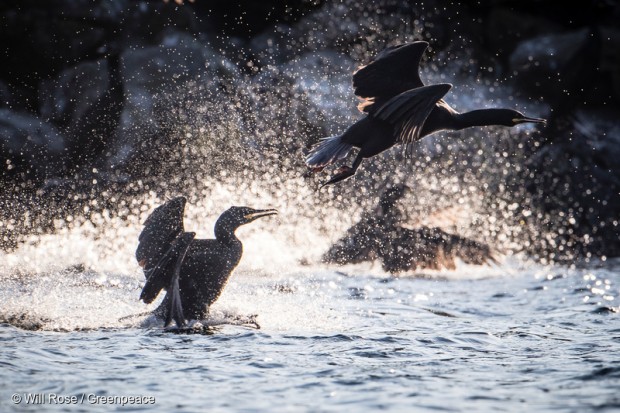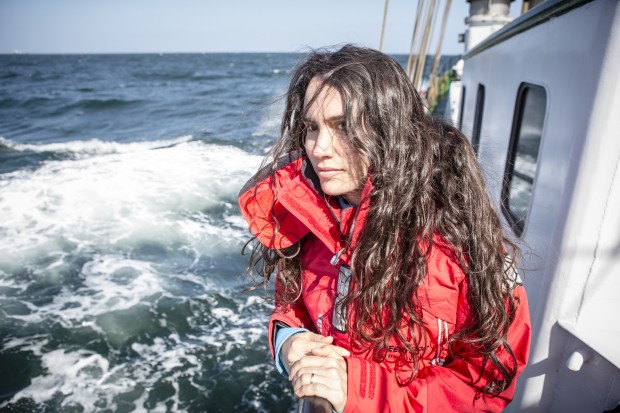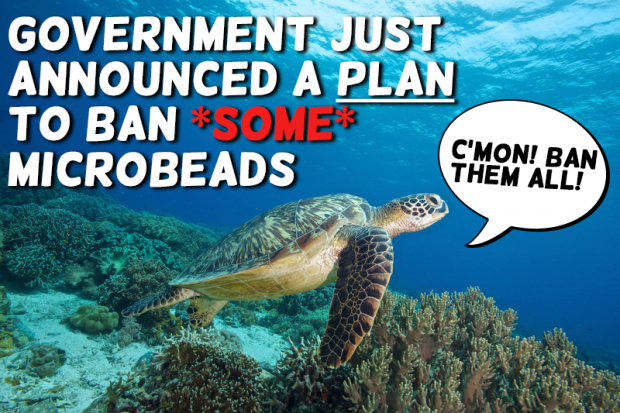Oh the irony. As part of a millennial-focused marketing strategy to associate Coca-Cola with beach holiday fun and sunkissed selfies, Coke last month launched its summer campaign. This year’s gimmick? Coke bottles labelled with exotic beach destinations and a competition to win glamorous holidays every day.
Why ironic? Because it's these very plastic bottles that are polluting the beaches and rivers of many of these holiday hotspots.

